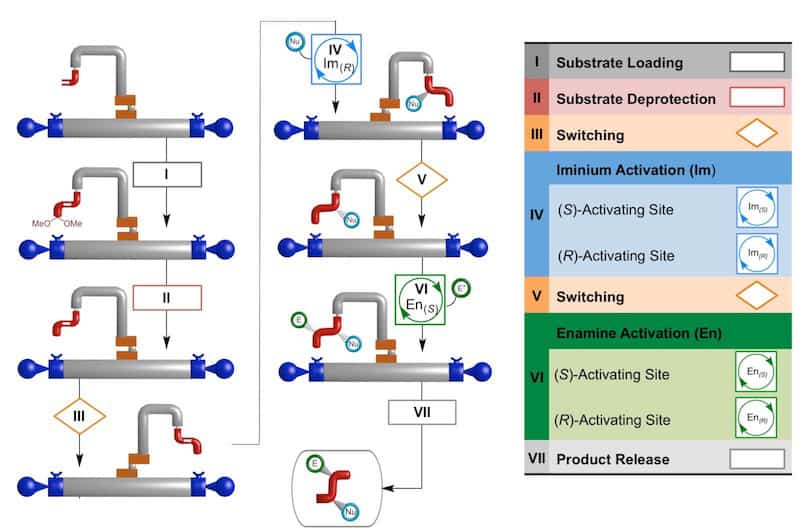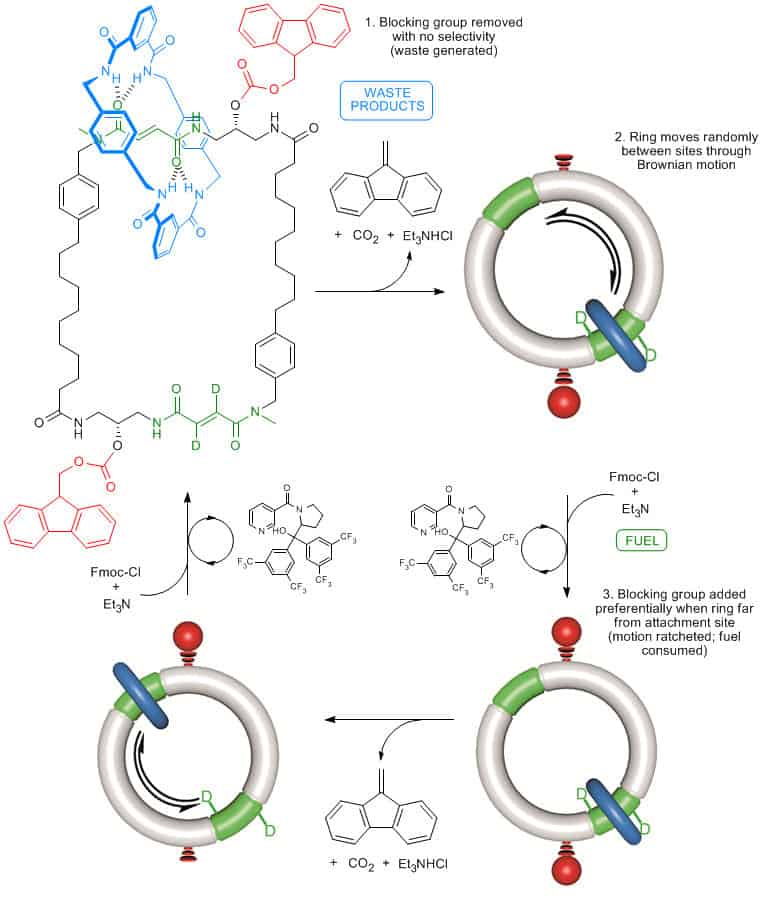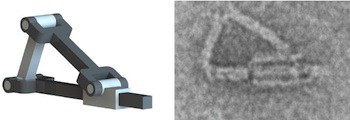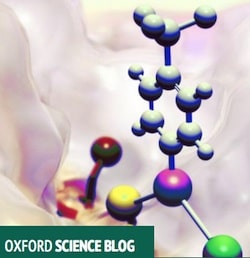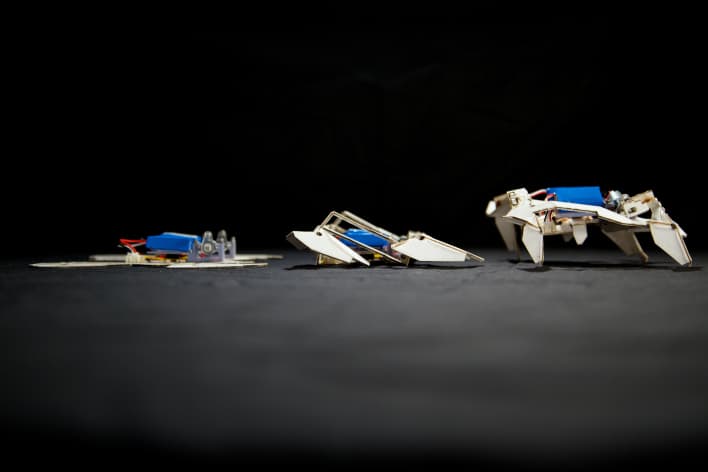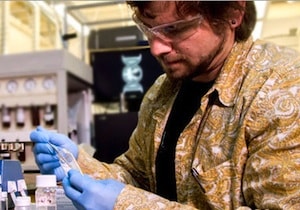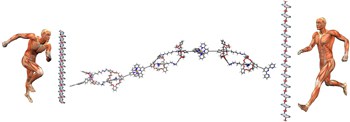Since winning the 2007 Foresight Institute Feynman Prize in Nanotechnology, Theory category, Professor David Leigh FRS FRSE FRSC MAE, and since 2012 at the University of Manchester, has continued to achieve major milestones on the road to complex systems of molecular machinery. Contributions we have recently cited here: First direct measurement of force generated by… Continue reading Molecular robot builds four types of molecules
Molecular robot builds four types of molecules
